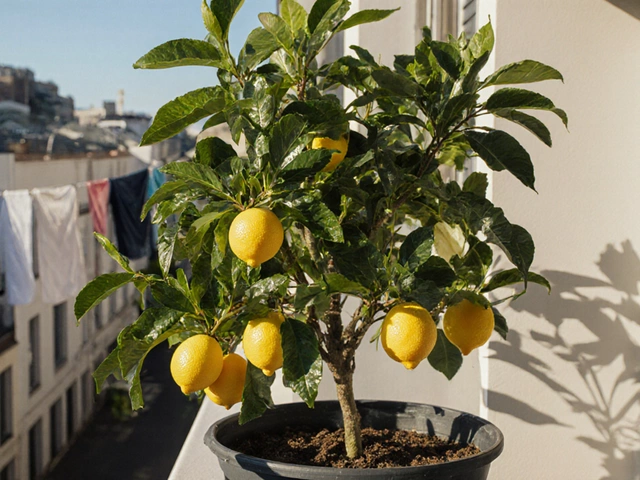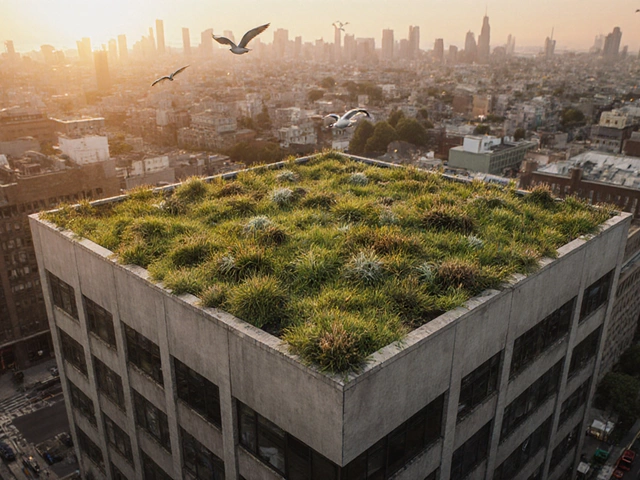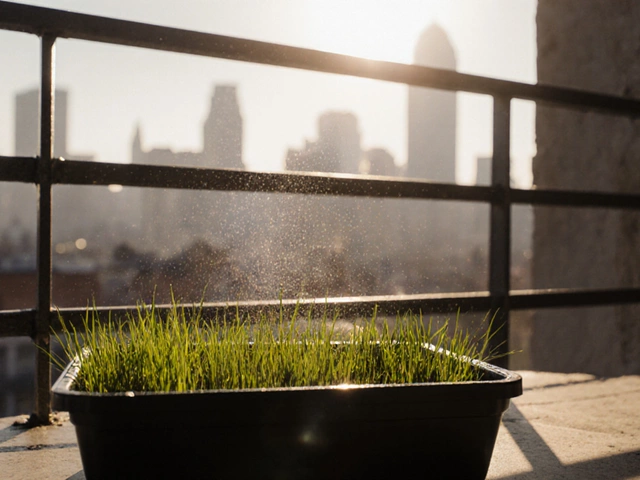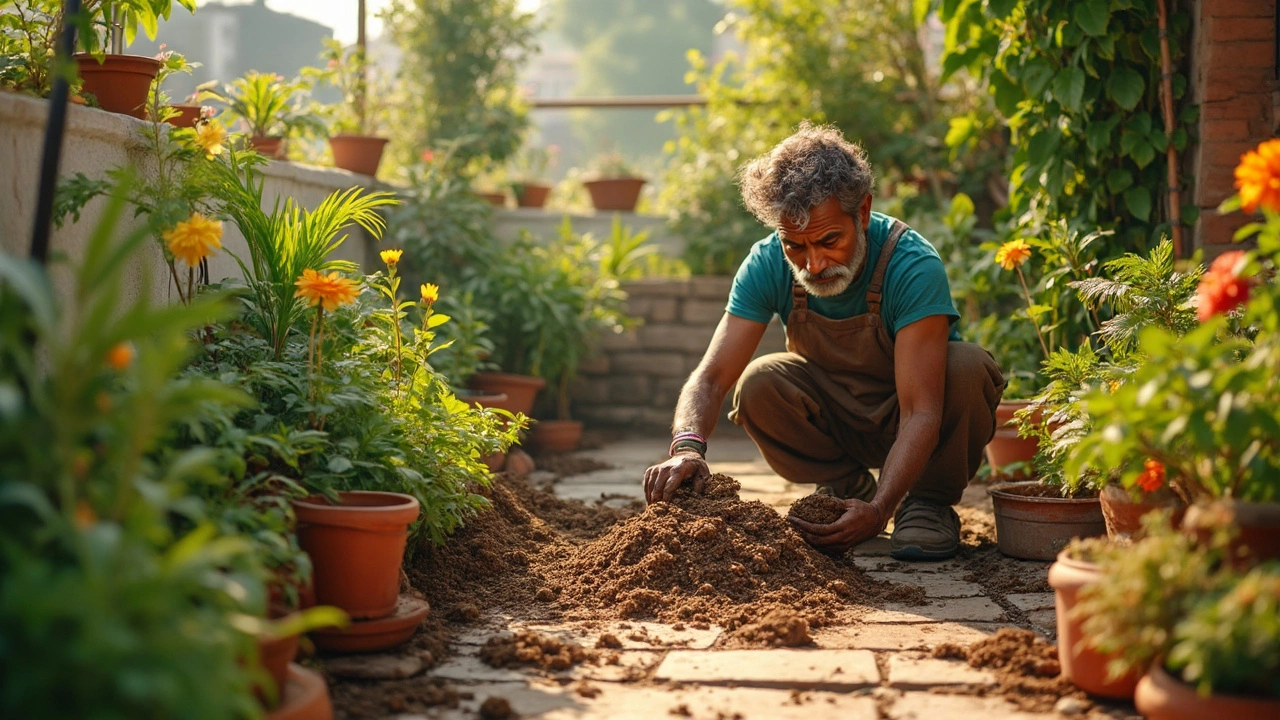Soil Mix: Simple Recipes for Healthy Indian Gardens
Getting the right soil mix is the first step to a thriving garden. Too heavy, too light, or missing nutrients can stunt growth before you even plant the seed. In India, soil varies from sandy coastal loam to heavy clay in the plains, so a one‑size‑fits‑all mix won’t work. Below you’ll find practical tips and two easy recipes that suit most Indian climates.
Why Soil Mix Matters
A good mix does three things: it holds enough water for roots, lets excess water drain away, and provides the nutrients plants need. When soil stays soggy, roots suffocate; when it’s too dry, plants wilt. Adding organic matter like compost improves both water retention and drainage. It also feeds the soil microbes that turn dead material into usable nutrients. Think of soil as a living community – the better the environment, the stronger the plants.
Easy Soil Mix Recipes
1. All‑Purpose Mix for Vegetables and Herbs
• 1 part garden loam or good-quality topsoil
• 1 part well‑rotted compost
• 1 part coarse sand (river sand works well)
• 1 tablespoon of neem cake or bone meal per gallon of mix
Combine the ingredients in a wheelbarrow, flip them a few times, and break up any clumps. The sand ensures drainage, compost adds nutrients and structure, while the neem cake gives a slow‑release nitrogen boost. This mix works for tomatoes, chillies, mint, and most kitchen garden plants.
2. Light Mix for Potted Plants and Seedlings
• 2 parts peat moss or coconut coir
• 1 part perlite or fine pumice
• 1 part vermicompost
• A pinch of gypsum for calcium
Mix until the texture feels fluffy, then water lightly to settle it. The peat or coir holds moisture without getting waterlogged, perlite adds air pockets, and vermicompost feeds the young roots. Use this mix for indoor houseplants, balcony herbs, and seed trays.
Both recipes can be adjusted based on what you have locally. If sand is scarce, replace it with small broken clay pots. If peat is hard to find, coconut coir is a sustainable alternative. The key is to keep the ratio of coarse to fine materials around 1:1 so water moves evenly.
Before filling any bed, test the mix’s drainage. Dig a small hole, fill it with the mix, water it, and see how fast the water disappears. If it pools for more than a minute, add a bit more sand or perlite. If the water runs straight through, mix in extra compost.
After planting, give the soil a light top‑dressing of compost every month. This maintains fertility and encourages beneficial microbes. For heavy clay soils, a yearly application of gypsum or lime can improve structure and reduce compaction.
Remember, a good soil mix saves you water, reduces fertilizer needs, and makes garden work easier. Start with the recipes above, tweak them to match your local soil, and watch your garden bounce back faster than before.
Mixing Top Soil with Garden Soil: Smart Tips for Terrace Gardening
Want to get the most out of your terrace garden? Mixing top soil with garden soil can boost plant health but requires the right approach to succeed. This article explains why and how to combine these soils, offering practical tips and easy strategies. Discover what makes each soil type unique and learn the secret mix ratios for thriving plants.
About
Terrace Gardening
Latest Posts


What Is the Easiest Fruit Tree to Keep Alive on a Balcony?
By Alden Thorne Nov 17, 2025

Make Your Terrace Cozy: Easy Tips for a Warm Outdoor Oasis
By Alden Thorne Mar 26, 2025

Two Drawbacks of Green Roofs You Should Know
By Alden Thorne Oct 8, 2025

